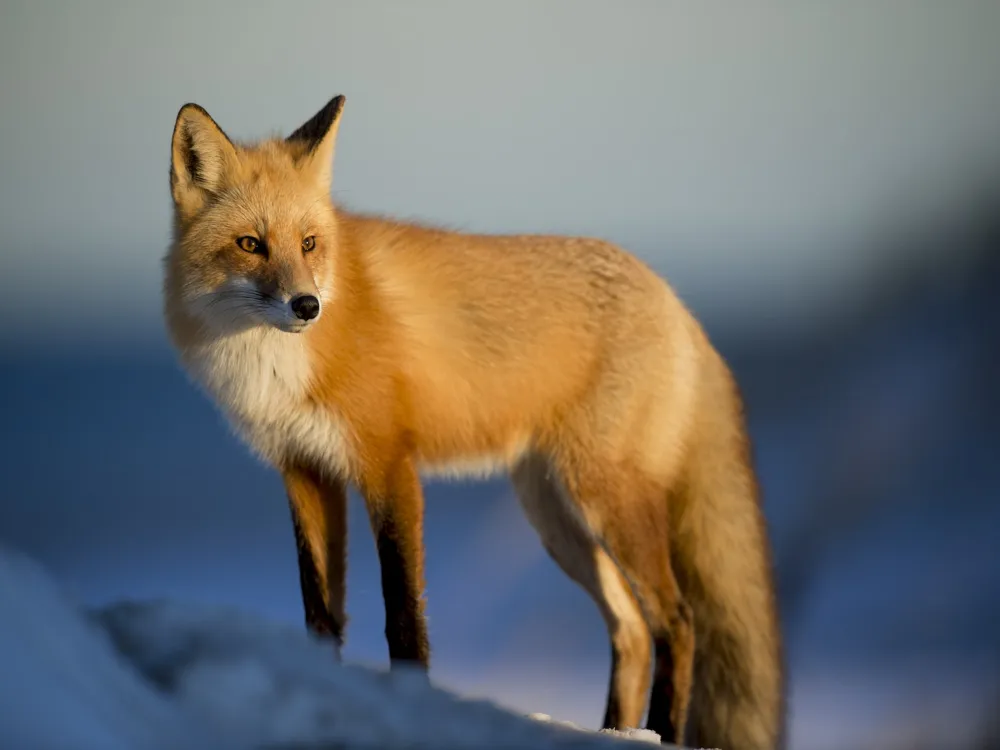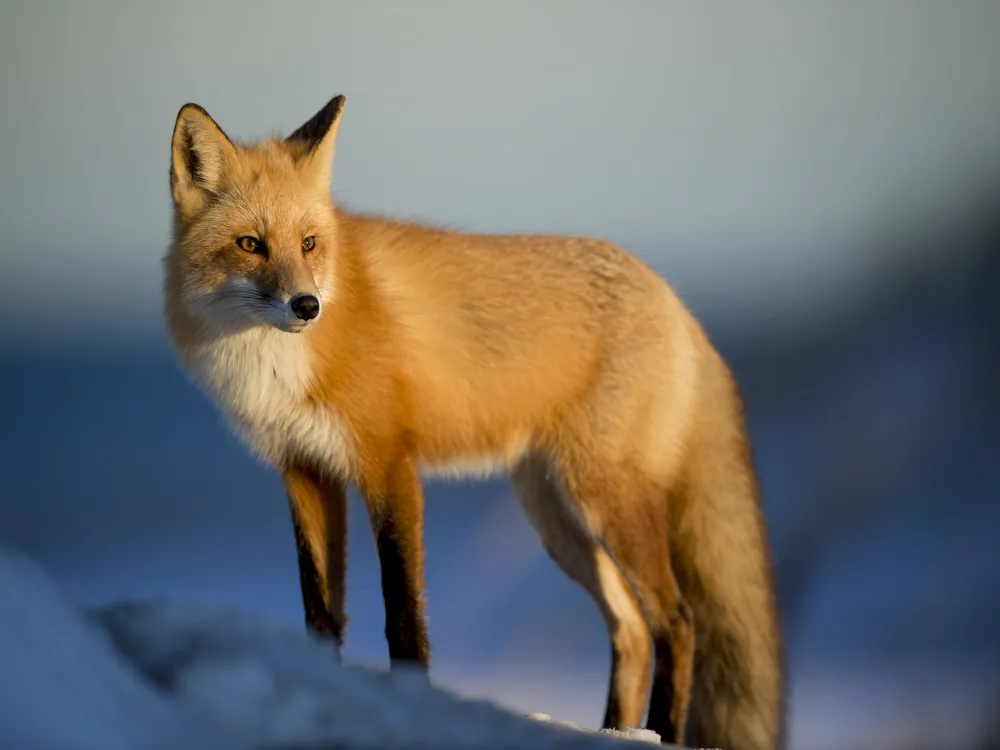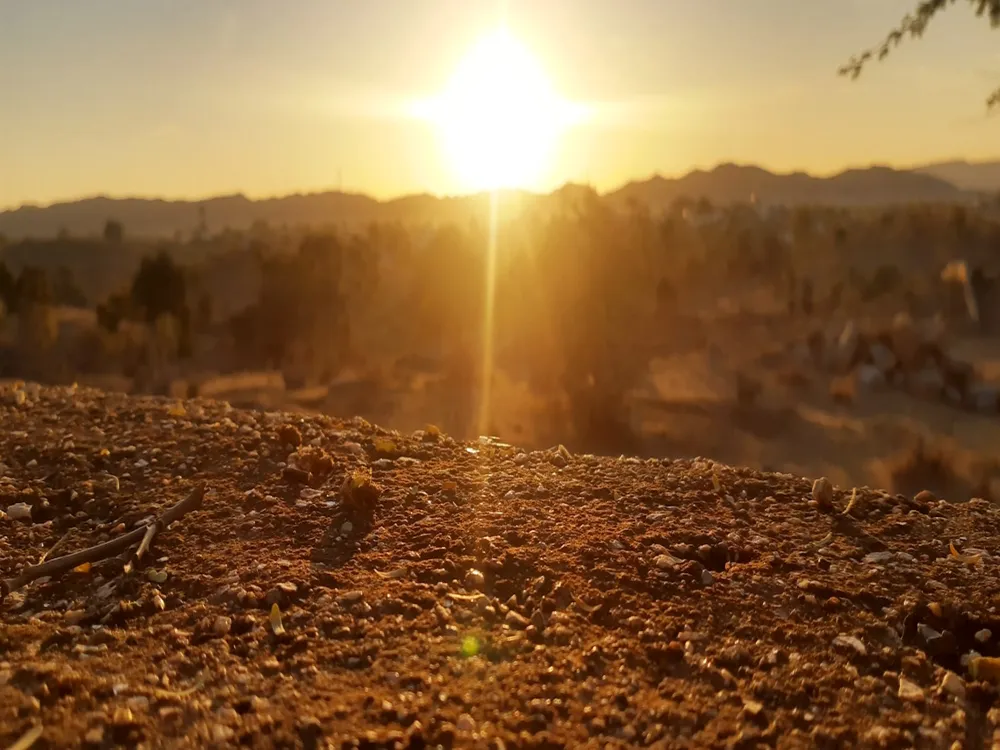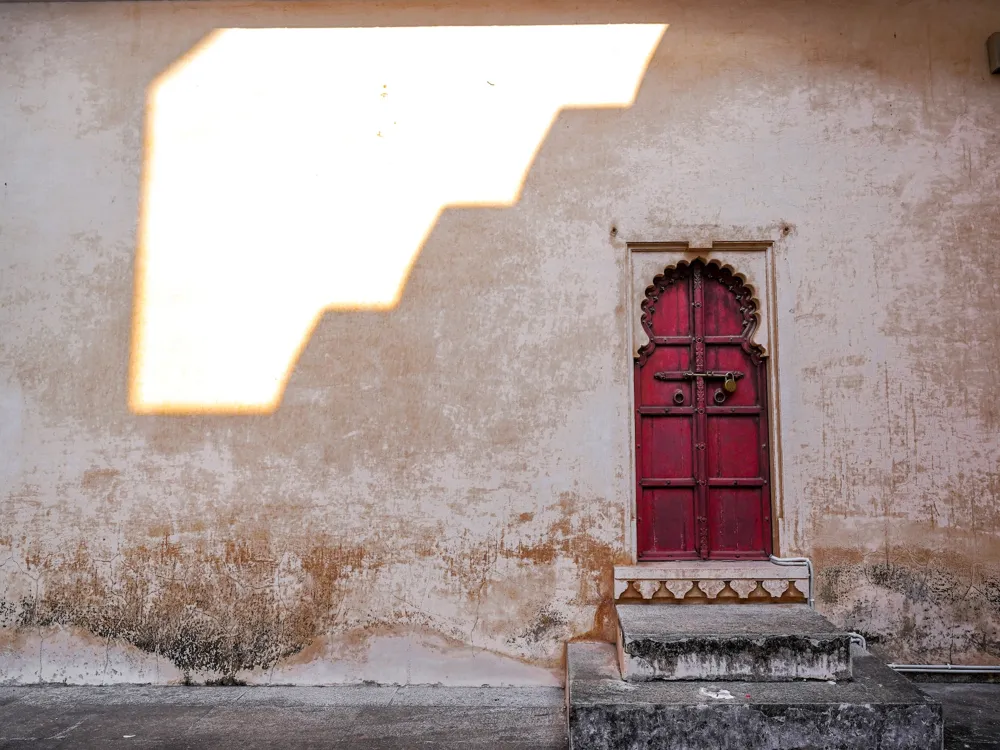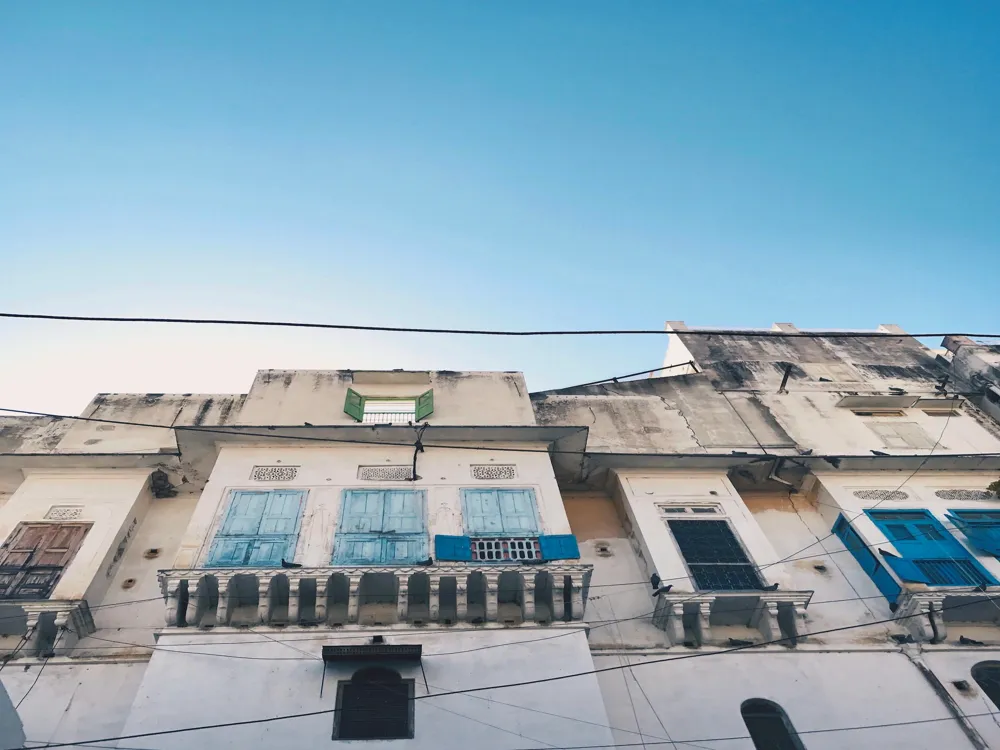Chittorgarh, a symbol of Rajputana pride and valor, stands tall in the heart of Rajasthan, India. This historic city, known for its grand forts, rich history, and mesmerizing architecture, attracts visitors from all corners of the world. Chittorgarh's legacy, deeply intertwined with legends and tales of Rajput heroism, offers a captivating journey through India's glorious past. Join us as we unravel the mysteries and beauty of this iconic destination. The architecture of Chittorgarh is a testament to the ingenuity and craftsmanship of the Rajputs. The city's centerpiece, the Chittorgarh Fort, is one of the largest forts in India and a UNESCO World Heritage Site. It stands as a formidable testament to Rajput architecture, with its massive gates, imposing towers, and magnificent palaces. Each structure within the fort has a story to tell, from the victory tower, Vijay Stambh, to the intricate carvings of the Rana Kumbha Palace. Other architectural marvels in Chittorgarh include the Kirti Stambh, a tower celebrating Jainism, and the Meera Temple, dedicated to the devotion of the Rajput princess, Meera Bai, to Lord Krishna. The city's architecture is not just about grandeur but also about the intricate details that adorn its walls, ceilings, and pillars, reflecting the artistic zenith of Rajput craftsmanship. The architectural style of Chittorgarh is a blend of Rajput and Mughal influences, showcasing the cultural amalgamation of the era. The use of locally sourced materials, like sandstone and marble, in the construction of the fort and its various structures, adds to the authenticity and rustic charm of the architecture. The fort's strategic position atop a hill, overlooking the plains, also speaks volumes about the architectural and strategic acumen of the Rajputs. The layout of Chittorgarh Fort is a marvel in itself, spread over 700 acres and housing several temples, palaces, and towers. Each segment of the fort has a unique architectural style, reflecting the diverse influences and time periods in which they were built. The fort's defensive structures, like its seven massive gates and strong walls, exemplify the Rajputs' emphasis on security and defense. Meanwhile, the palatial complexes and temples within the fort showcase their love for art and devotion. Chittorgarh, often referred to as the 'Pride of Rajasthan,' has a history that dates back to the 7th century. It was the capital of the Mewar kingdom and has witnessed some of the most significant events in Indian history, including the famous sieges by Alauddin Khilji, Bahadur Shah, and Akbar. The city's history is marked by tales of bravery, sacrifice, and honor, deeply ingrained in the cultural fabric of Rajasthan. The city's history is replete with heroic tales, most notably of Rani Padmini's valor and sacrifice. The stories of Maharana Pratap, one of India's greatest warriors, and Meerabai's devotion, add layers to Chittorgarh's historical and cultural significance. These tales not only reflect the city's past but also inspire generations to come. Chittorgarh's rich history has been a muse for many poets, writers, and artists throughout the centuries. The city's tales of valor and sacrifice have been immortalized in Rajasthani folklore, ballads, and literature, making it a symbol of Rajput pride and honor. The epic poem 'Padmavat,' which narrates the story of Rani Padmini, is a prime example of how Chittorgarh's history has influenced Indian literature and culture. The cultural heritage of Chittorgarh is as rich as its history. The city is home to various festivals and traditions that celebrate its glorious past. The annual 'Jauhar Mela,' commemorating the bravery of its ancestors, and the celebration of 'Meera Mahotsav,' dedicated to the saint-poetess Meerabai, are key cultural events that reflect the city's deep-rooted historical and cultural values. Chittorgarh is best visited between October and March when the weather is pleasant, making it ideal for exploring the fort and the city. Don't miss out on the local Rajasthani cuisine, including dishes like Dal Baati Churma and Gatte ki Sabzi. Explore the local markets for handicrafts, fabrics, and souvenirs. Chittorgarh offers a range of accommodation options, from budget hotels to heritage properties, ensuring a comfortable stay for visitors. While visiting, it's important to respect local customs and traditions. Dress modestly and be mindful of cultural sensitivities, especially when visiting religious sites. Chittorgarh is well-connected by road, rail, and air. The nearest airport is in Udaipur, about 100 km away. The city is also well-served by trains and has a good network of roads connecting it to major cities in India.Explore the Majestic Chittorgarh of Rajasthan
Unveiling the Grandeur: Architecture of Chittorgarh
The Artistry Behind the Stones
Architectural Layout and Significance
A Journey Through Time: Overview of Chittorgarh
The Historical Saga
Chittorgarh in Literature and Folklore
Cultural and Historical Heritage
Tips When Visiting Chittorgarh
Best Time to Visit
Local Cuisine and Shopping
Staying in Chittorgarh
Respecting Local Culture
How To Reach Chittorgarh
Bassi Wildlife Sanctuary
Chittorgarh
Rajasthan
₹ 9,200 onwards
View chittorgarh Packages
Weather :
Tags : Wildlife
Timings : 6:30 AM - 5:00 PM
Time Required : 1-2 hours
Entry Fee : Indian Nationals: INR 10
Students: INR 2
Foreign Nationals: INR 80
Car Entry: INR 65
Two Wheelers: INR 10
Buses: INR 100
Planning a Trip? Ask Your Question
Chittorgarh Travel Packages
View All Packages For Chittorgarh
Top Hotel Collections for Chittorgarh

Private Pool

Luxury Hotels

5-Star Hotels

Pet Friendly
Top Hotels Near Chittorgarh
Other Top Ranking Places In Chittorgarh
View All Places To Visit In chittorgarh
View chittorgarh Packages
Weather :
Tags : Wildlife
Timings : 6:30 AM - 5:00 PM
Time Required : 1-2 hours
Entry Fee : Indian Nationals: INR 10
Students: INR 2
Foreign Nationals: INR 80
Car Entry: INR 65
Two Wheelers: INR 10
Buses: INR 100
Planning a Trip? Ask Your Question
Chittorgarh Travel Packages
View All Packages For Chittorgarh
Top Hotel Collections for Chittorgarh

Private Pool

Luxury Hotels

5-Star Hotels

Pet Friendly







